You might think tropical plants can only grow in regions with consistently high temperatures.
However, there is a wide variety of tropical and exotic plants that can flourish in the more temperate conditions of Zone 8.
With careful selection and proper care, you can create a vibrant garden that makes every day feel like a vacation.
In this article, we will explore some of the best tropical plants for Zone 8 gardens.
From hardy palms to vibrant flowers and unique foliage, these plants will provide a touch of the tropics right in your backyard!
10 Thriving Tropical Plants
Here are 10 tropical plants that have been proven to thrive in various conditions, even in USDA Zone 8, where temperatures can drop to 10 to 20°F.
These plants have been chosen for their ability to withstand the temperature variations typical of this zone while maintaining the vibrant and lush characteristics of tropical flora.
1. Hibiscus
Hibiscus is a genus of flowering plants that are native to warm temperate, subtropical, and tropical regions.
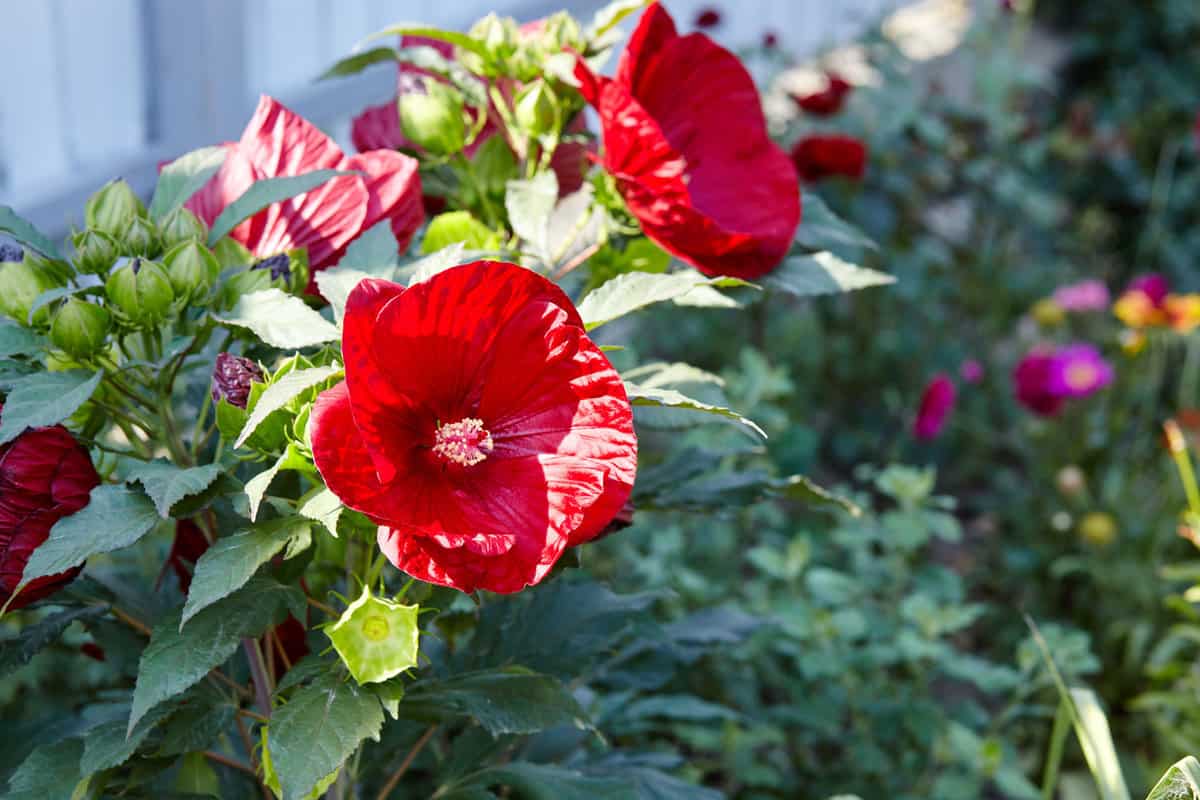
They are known for their large, showy flowers which can be a wide variety of colors, including pink, red, white, and yellow.
Some hibiscus species are hardy and can tolerate colder temperatures, making them suitable for USDA Zone 8.
One such variety is the rose of Sharon (Hibiscus syriacus), which can withstand temperatures down to -10°F.
The tropical feel of the hibiscus flower, along with its ability to tolerate Zone 8 conditions, makes it a great addition to a tropical-themed garden in this zone.
2. Oleander
Oleanders are evergreen shrubs that are native to the Mediterranean and Asia but can be grown in tropical and subtropical climates around the world.

They are quite hardy and can tolerate a variety of conditions, including heat, drought, and poor soil, which makes them a good choice for Zone 8 gardens.
Oleanders produce clusters of flowers throughout the summer in shades of pink, red, yellow, or white.
However, all parts of the oleander plant are poisonous if ingested, so they should be planted with caution in areas accessible to children or pets.
3. Bougainvillea
Bougainvillea is a genus of thorny, ornamental vines that are native to South America.
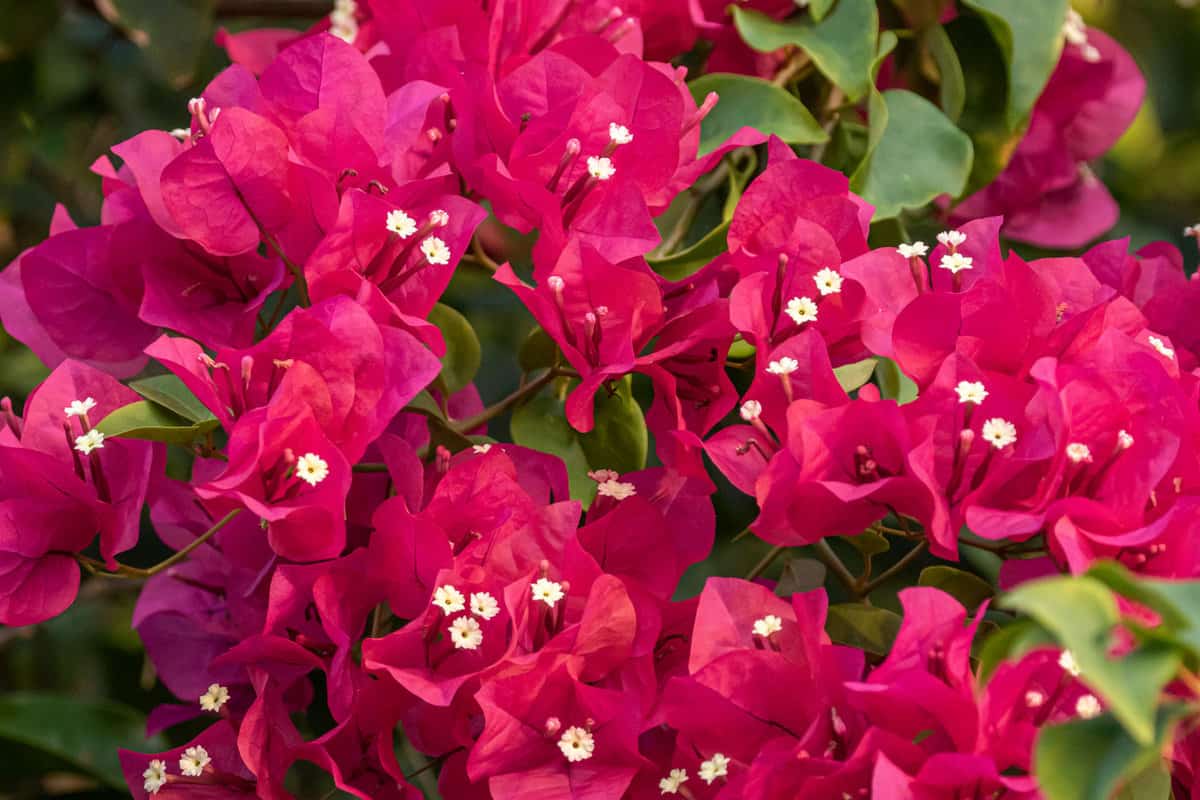
They are known for their vibrant, paper-like flowers, which can be pink, purple, red, orange, yellow, or white.
Bougainvillea plants are quite heat-tolerant and can thrive in the conditions of Zone 8, but they may need some protection during the coldest parts of the winter.
They prefer full sun and well-drained soil.
4. Hardy Banana
The hardy banana, or Musa basjoo, is a species of banana plant that is native to Japan.
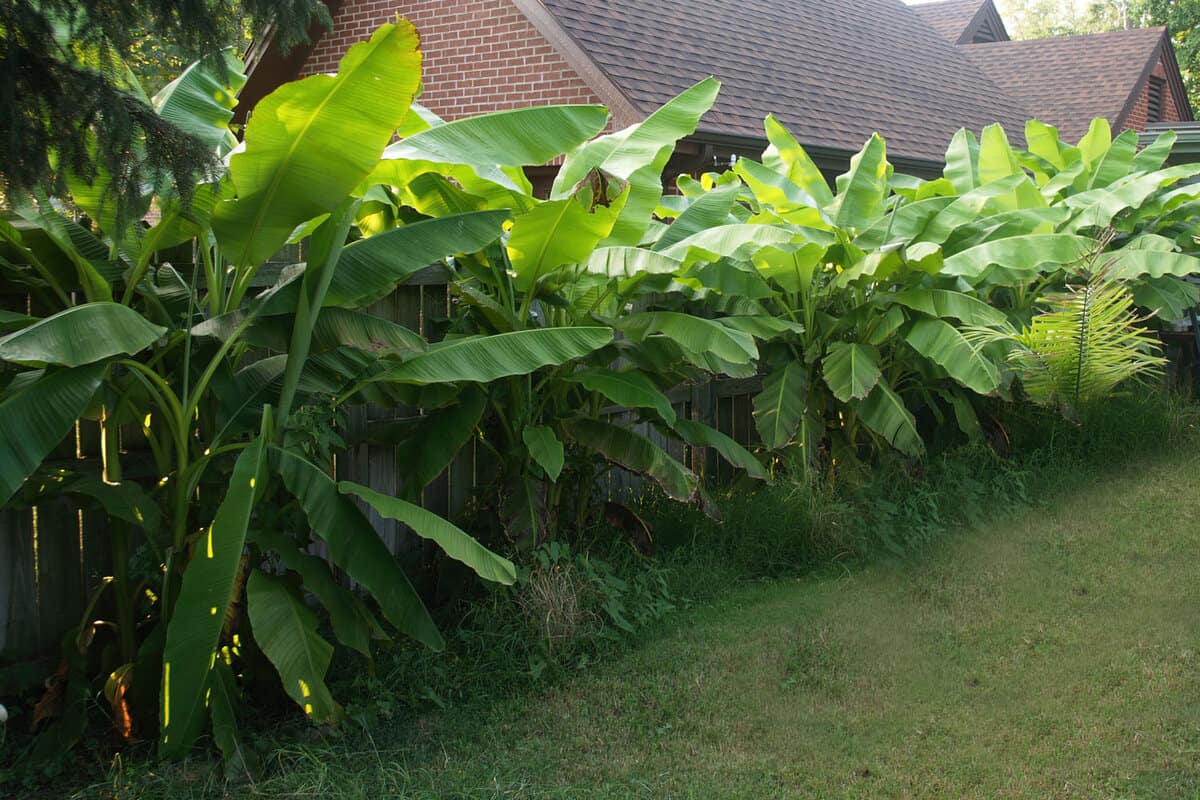
Unlike most banana plants, which are tropical, Musa basjoo can tolerate colder temperatures and can survive in USDA Zone 8.
It may die back to the ground in winter, but it will regrow in the spring.
This plant can reach heights of up to 15 feet and has large, paddle-like leaves that can add a tropical feel to a garden. It can produce fruit, but the bananas are not typically eaten.
5. Camellias
Camellias are evergreen shrubs that are native to eastern and southern Asia.
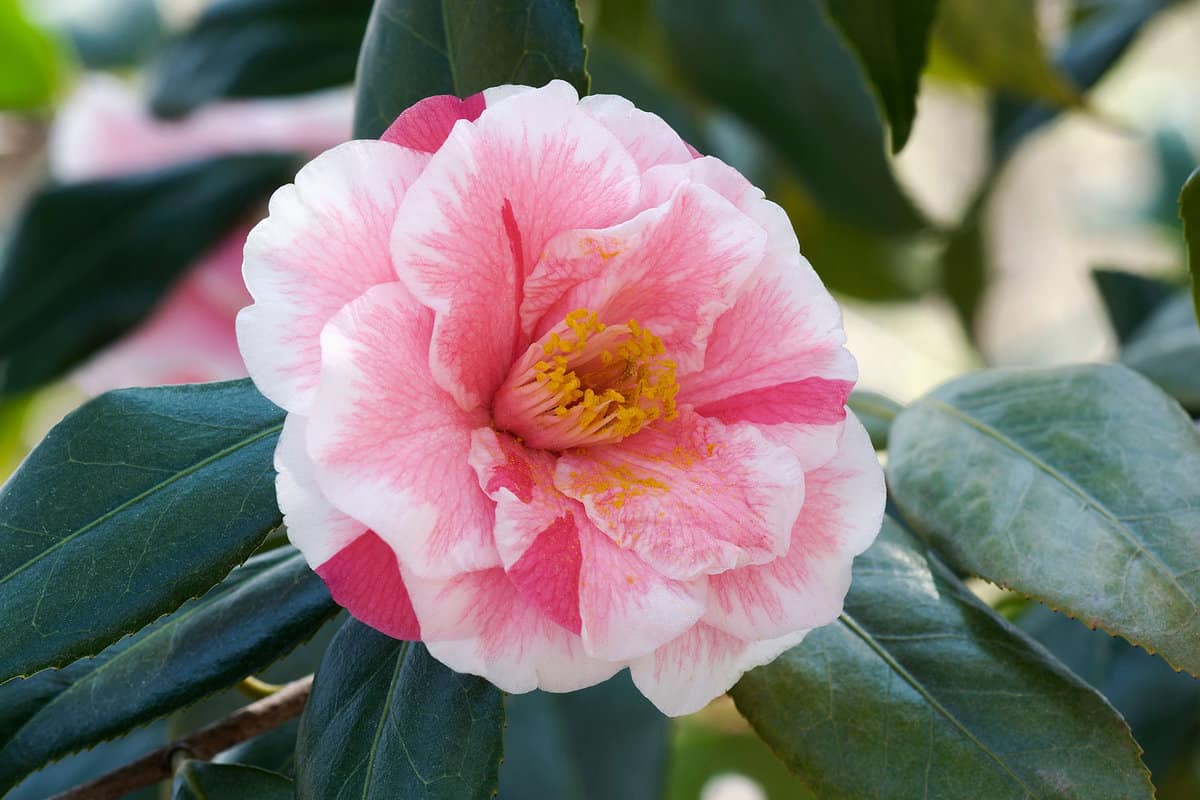
They are known for their large, showy flowers, which can be white, pink, red, or a combination of these colors.
In USDA Zone 8, camellias can be grown as perennials. They prefer a location with partial shade and well-drained, acidic soil.
Camellias bloom in the cooler months, from fall to spring, which provides color in the garden when many other plants are dormant. This makes them a valuable addition to a Zone 8 garden.
6. Canna Lilies
Despite their name, canna lilies are not true lilies. They are a genus of flowering plants that are native to the tropics and subtropics of the Americas.
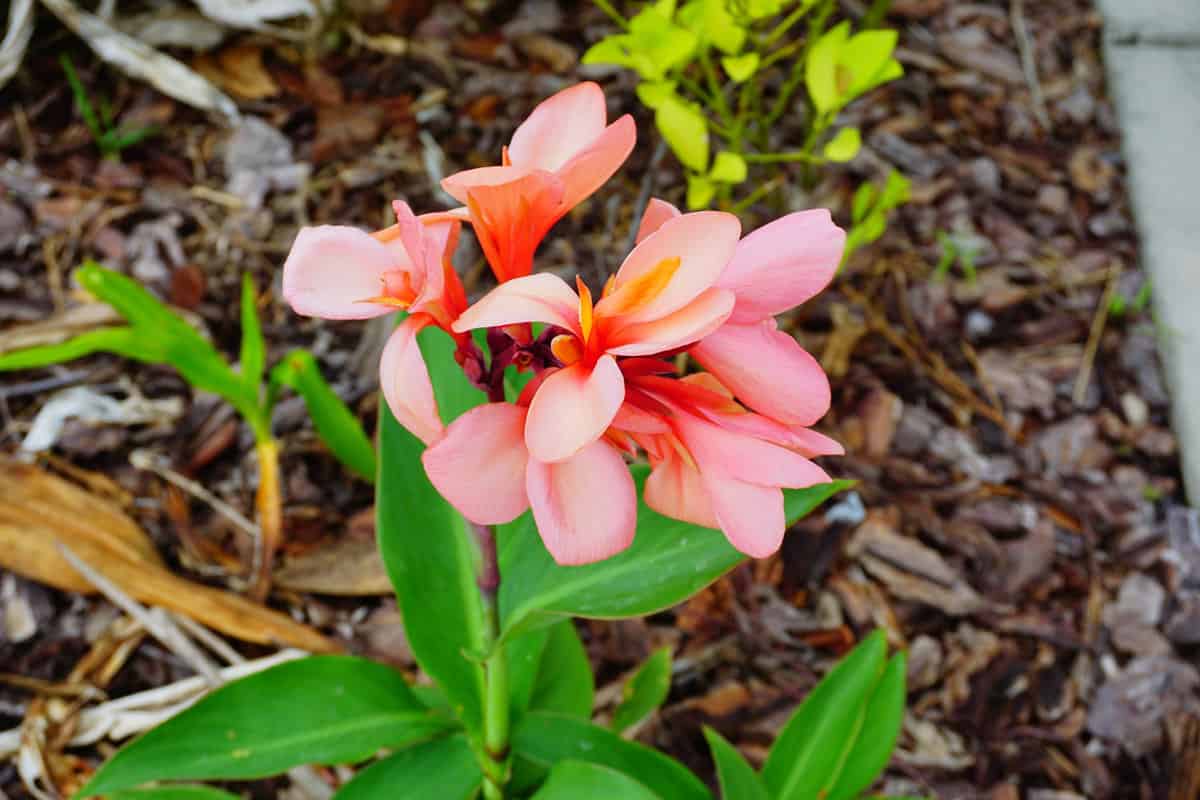
Canna lilies have large, paddle-like leaves that can be green, red, or a combination of these colors, and their flowers can be red, orange, yellow, or pink.
In Zone 8, canna lilies can be grown as perennials. They prefer full sun and rich, well-drained soil.
Canna lilies can add a tropical touch to a Zone 8 garden with their bold foliage and bright flowers.
7. Elephant Ears
Elephant ears are the common name for several species in the genus Colocasia, which are native to tropical Asia and Polynesia.
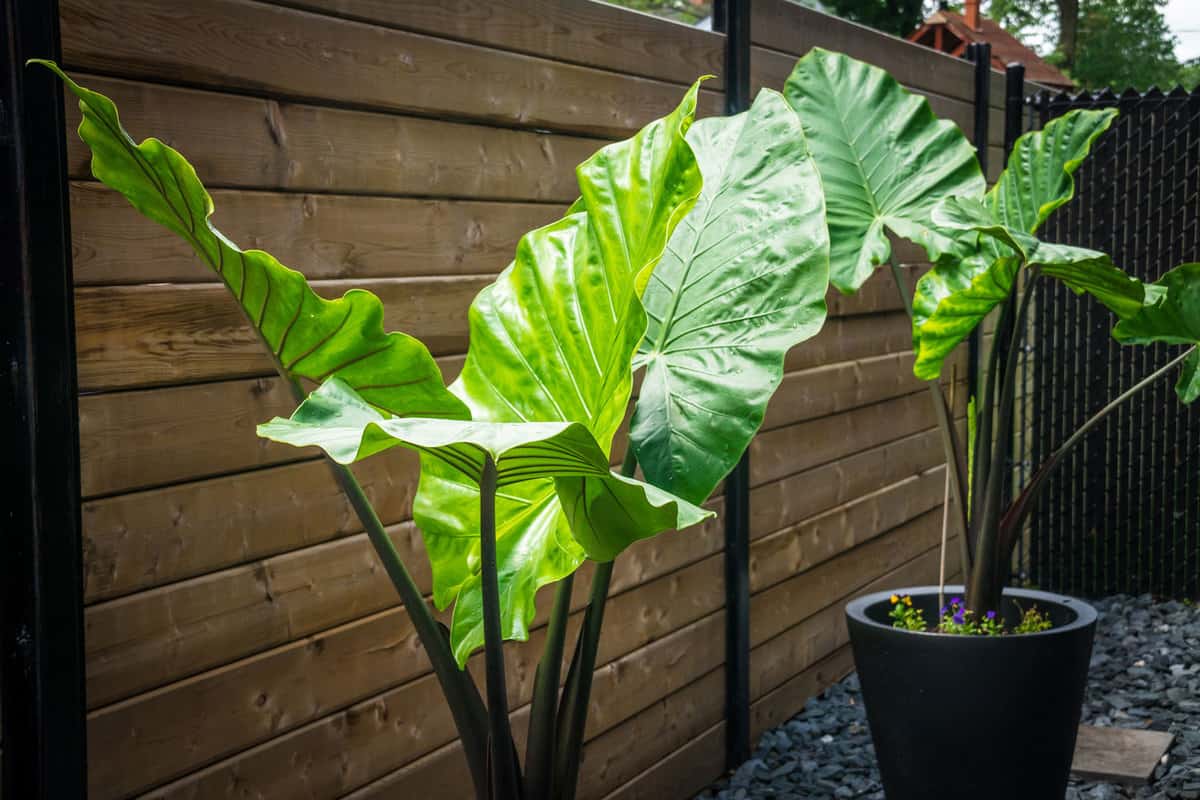
These plants are known for their large, dramatic leaves, which can be green, black, or a combination of these colors.
Elephant ears can grow in USDA Zone 8, although they may die back in the winter and regrow in the spring.
They prefer a location with partial to full sun and moist, well-drained soil.
With their large leaves, elephant ears can make a big impact in a garden and add a tropical feel.
8. Hardy Palms
While many palm species are tropical and cannot tolerate cold temperatures, there are some that are quite hardy and can survive in USDA Zone 8.
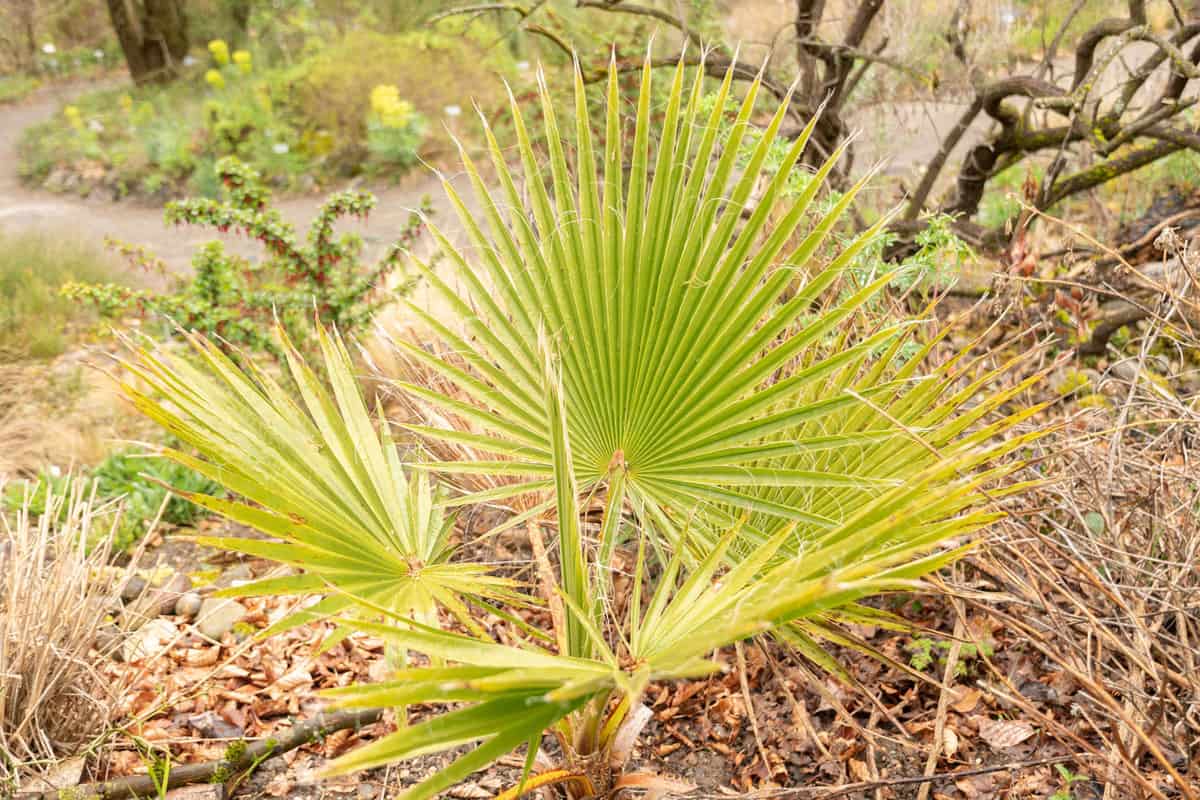
One example is the windmill palm (Trachycarpus fortunei), which is native to parts of China, Burma, and India.
Windmill palms can tolerate temperatures down to -10 degrees Fahrenheit.
They have fan-shaped leaves and can grow up to 40 feet tall, although they are often smaller when grown outside of their native range.
Windmill palms prefer a location with full sun or partial shade and well-drained soil.
9. Lily of the Nile
Lily of the Nile, also known as agapanthus, is a genus of flowering plants that are native to South Africa.
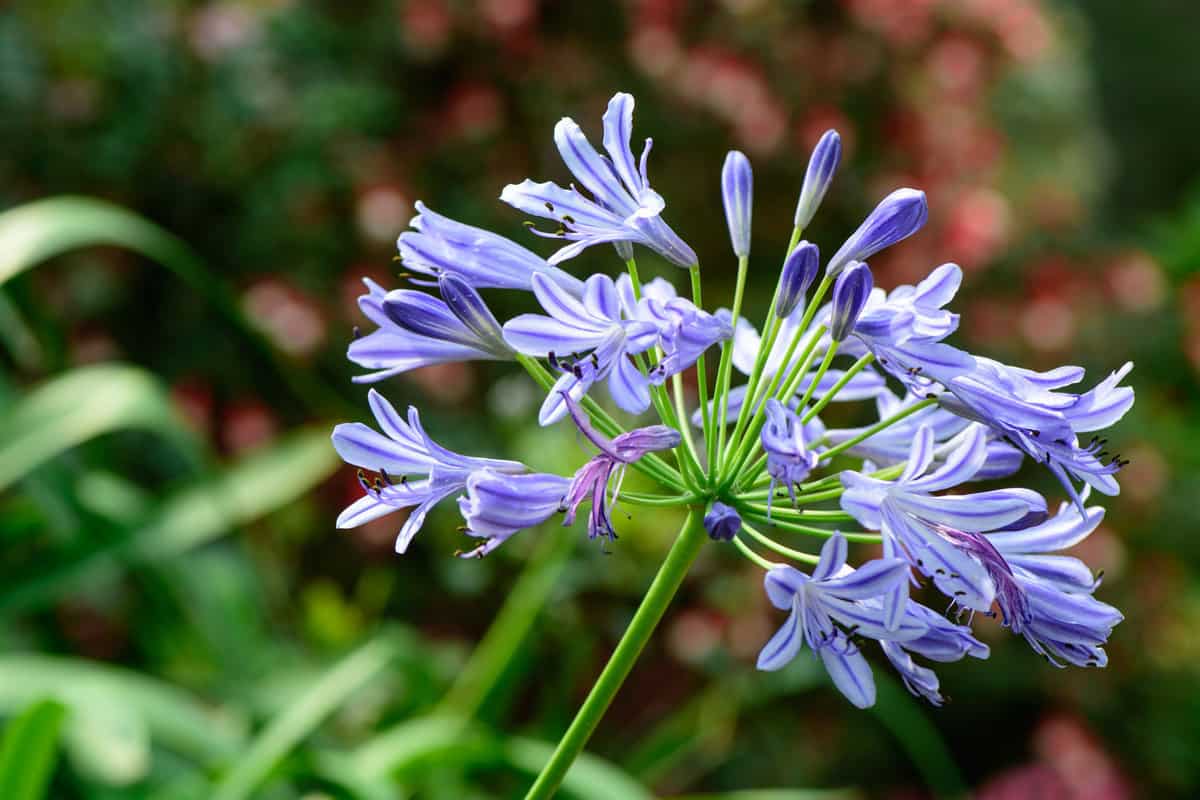
They produce clusters of blue or white flowers on tall stems, with each individual flower resembling a small lily.
These plants are quite hardy and can grow in USDA Zone 8. They prefer full sun to partial shade and well-drained soil.
Lily of the Nile can add height and color to a garden, and while they are not truly tropical plants, their lush, strappy leaves, and showy flowers can contribute to a tropical aesthetic.
10. Passionflower
Passionflowers are a genus of flowering vines that are native to the tropics and subtropics of the Americas.

They are known for their unique, intricate flowers, which can be a variety of colors, including blue, purple, red, and white.
Some species of passionflower can be grown in USDA Zone 8, although they may die back in the winter and regrow in the spring.
Passionflowers prefer a location with full sun or partial shade and well-drained soil.
They can be a striking addition to a Zone 8 garden, especially when allowed to climb a trellis or other support.
Tropical Paradises: Not Just for the Equator
Through our exploration of tropical plants suitable for Zone 8, we've seen that a tropical oasis isn't exclusive to equatorial regions.
From robust oleanders to striking passionflowers, these plants can transform your garden into a lush paradise, regardless of latitude.
Remember, each plant requires specific care to flourish.
With attention to their individual needs, your garden can be a vibrant display of tropical splendor.
Read more:
A Detailed Guide to 13 USDA Plant Hardiness Zones—Zone In On Your Garden
Tropical Plants Suitable For Pots In Full Sun [11 Ideas To Make Your Landscaping Pop]
